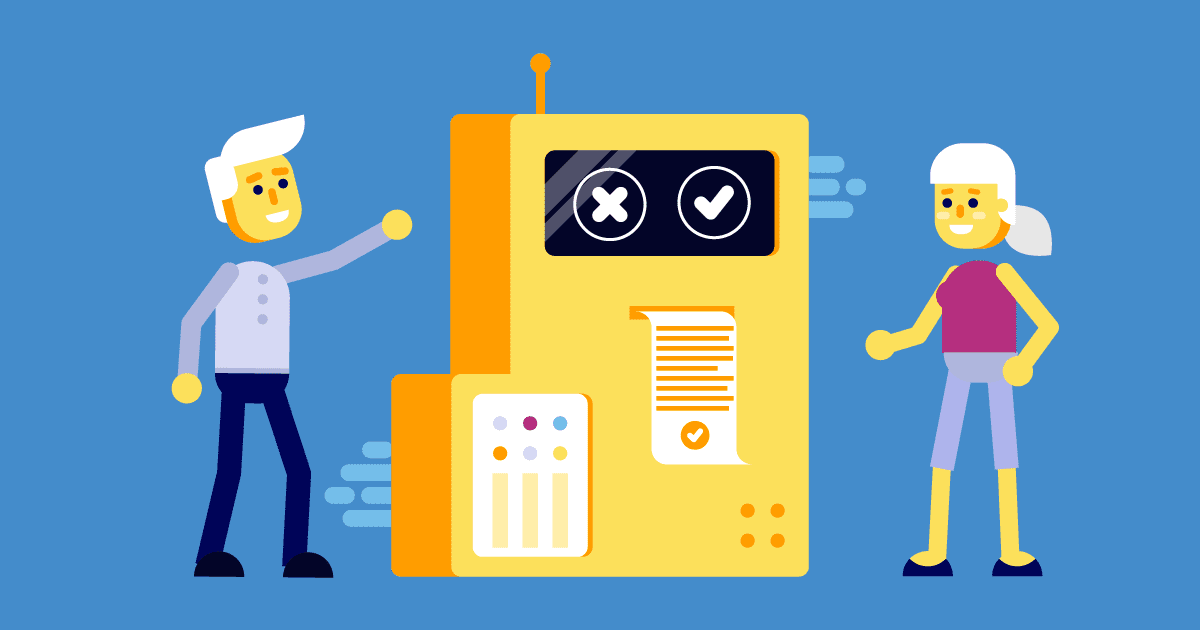The basic role of Software Testing is to check quality and identify bugs. This process forms part of the wider objective of being able to demonstrate confidence in the software.
What is acceptance testing? It is a form of testing that involves examining the system to check compliance with and adherence to the business needs and goals, operations, rules, and regulations. Results from this testing should confirm confidence in the product by helping to evaluate the quality and state of the built software.
Acceptance testing is defined by ISTQB as follows.
“Formal testing with respect to user needs, requirements, and business processes conducted to determine whether a system satisfies the acceptance criteria and to enable the user, customers or other authorized entity to determine whether to accept the system.”
The feedback received as part of acceptance tests helps in increasing the usability and robustness of the software. Acceptance Tests also help improve collaboration, mutual understanding between the developers and the testing, which finally improves the overall code quality.
Is the software ready for end-users?
Developers release the feature for testing once they have completed coding and unit testing, which indicates that the software is market-ready. The developed software undergoes several rounds of different types of testing before it is ready to go live.
Acceptance testing is the final phase of the Software Testing Process and takes place after the system has successfully undergone unit, integration, and system tests. It is an important process that helps evaluate the software to determine if it matches the specifications and meets business expectations before moving it into production.
Acceptance Criteria; a key element in Acceptance Testing
Acceptance criteria are the set of conditions that software must satisfy to be accepted by the client or the end-users. In simple terms, it defines “what” to test.
Defining the acceptance criteria requires the team to think about the product’s functionality, performance, and other features from a stakeholder’s perspective. It also helps in early verification and validation of the requirement, which can result in any discrepancies or gaps being discovered, or if any data is missing.
The objective of defining acceptance criteria is to establish a mutual understanding of what “acceptable” means to the business, developers, and testers. It helps the team to have a unified approach to the software as they define the best strategy for acceptance testing.
Acceptance Testing Stages
Testers refer to the acceptance criteria when designing these tests. The first thing that happens is the criteria will be defined ahead of designing and then running these tests, and then reporting the results and recommendations. It ends with the software being either accepted or rejected.
Acceptance Testing and User Acceptance Testing
With two similarly-named tests, it can sometimes be confusing with many people believing that there is no difference between them both. The issue can be explained by knowing they are indeed two different types of acceptance testing.
User acceptance testing, commonly referred to as UAT or end-user testing, assesses the software to confirm that it works as expected by its target users. The user base varies and could include an organization’s internal employees, outsiders, customers, or a completely different business group.

Types of acceptance testing include:
- User Acceptance Testing – There are mainly two types of UAT conducted for any software.
- Alpha Testing is the first customer validation step that’s conducted at the developer’s site by a set of internal testers Click here to know more about Alpha Testing.
- Beta Testing takes place after Alpha Tests and is performed by a set of genuine users in a real environment. Click here to know more about Beta Testing.
- Contract Acceptance Testing verifies that agreed parameters and terms are being adhered to as defined in the contract. Contract testing is usually assessed by skilled testers because of the possible legal ramifications if anything is missed, or by hiring an external solicitor. The tests agreements mainly include pre-launch and post-launch criteria, SLAs, rejection criteria, liability for losses (if any), and ownership details. If something goes against the terms mentioned in the contract, it is usually rectified or solicited for legal action.
- Regulation Acceptance Testing checks if the software meets the specified regulatory standards and policies laid by governments or some other regulatory bodies with jurisdiction where the product will be available. Sometimes it is mandatory to follow specific security and data privacy rules before releasing the software to the public. Failure to meet the defined regulation can result in legal action.
- Operational Acceptance Testing checks the functional attributes of the developed software. This might be how the software will work in a real environment, how easy it will be for the operational team to use, or how the system will address failures. It involves verifying the backup and disaster recovery processes, and maintainability procedures.
Finally
Acceptance tests recreate the anticipated real-life use of the software to help verify whether the built software is fully functional and compliant. Testers need to examine how today’s complex software is capable of functioning in regular use, and how reliable it is, so acceptance tests must cover functional and non-functional requirements as well.